The United States is home to many special places that have been recognized as UNESCO World Heritage sites. These sites are part of a global effort to identify and protect the world's most important natural and cultural treasures. Since 1978, when the first dozen sites were designated, the United States has added 24 sites to this prestigious list. These sites are located throughout the country and include famous landmarks such as the Grand Canyon, Independence Hall, and the University of Virginia. Being recognized as a UNESCO World Heritage site is an important honor that brings international attention to these special places.
However, the relationship between the United States and UNESCO has been complicated in recent years. Despite this, the UNESCO World Heritage sites in the United States remain important symbols of the country's rich cultural and natural heritage. These sites are enjoyed by visitors from all over the world who come to experience their beauty and significance.
Suggested Read: 100 Best Honeymoon Destinations in the World, 2023-2024
List of World Heritage Sites in the United States (USA):
- Monticello and the University of Virginia in Charlottesville
- Yellowstone National Park
- Cahokia Mounds State Historic Site
- Carlsbad Caverns National Park
- Chaco Culture
- Everglades National Park
- Grand Canyon National Park
- Great Smoky Mountains National Park
- Hawaii Volcanoes National Park
- Independence Hall
- Kluane/Wrangell-St. Elias/Glacier Bay/Tatshenshini-Alsek
- La Fortaleza and San Juan National Historic Site in Puerto Rico
- Mammoth Cave National Park
- Mesa Verde National Park
- Monumental Earthworks of Poverty Point
- Olympic National Park
- Papahanaumokuakea
- Redwood National and State Parks
- San Antonio Missions
- Statue of Liberty
- Taos Pueblo
- Waterton-Glacier International Peace Park
- Yosemite National Park
- 20th-century architecture of Frank Lloyd Wright
A Guide To The 24 UNESCO World Heritage Sites In The USA!
Monticello and the University of Virginia in Charlottesville:
Monticello and the University of Virginia are two of the most popular tourist attractions & UNESCO World Heritage sites in Charlottesville, Virginia. Monticello was the home of Thomas Jefferson, the third President of the United States and the author of the Declaration of Independence. The University of Virginia was founded by Jefferson and is known for its beautiful architecture and prestigious academic programs.
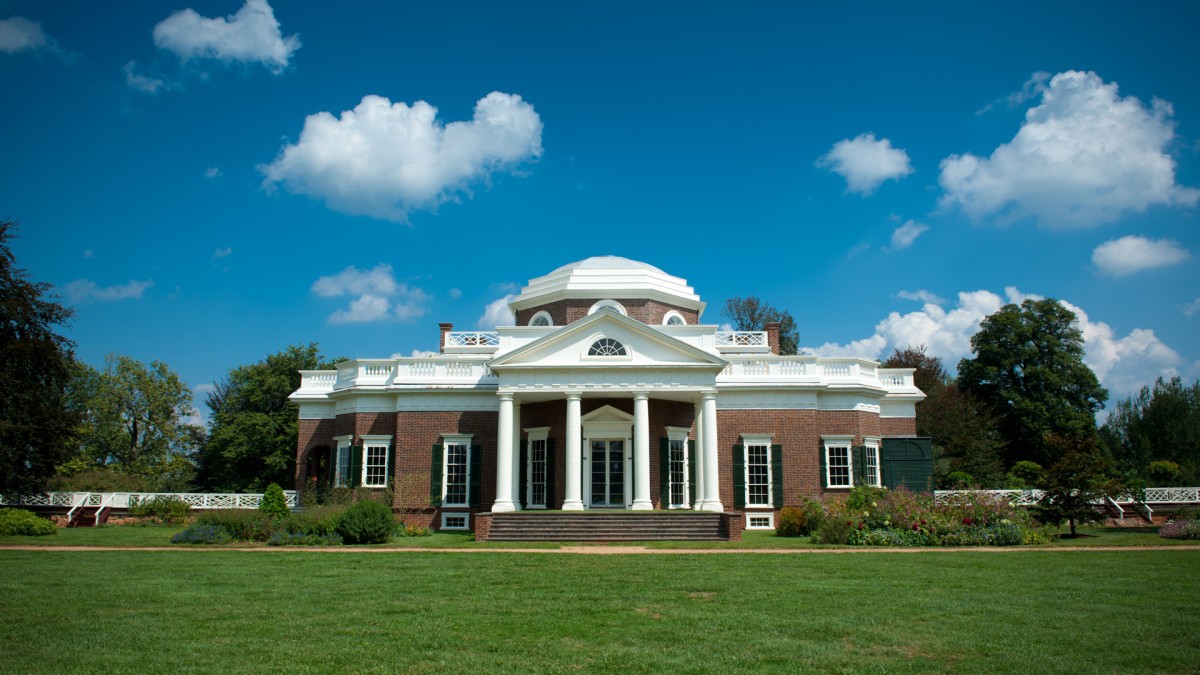
- How to Reach: To reach Monticello and the University of Virginia, visitors can fly into Charlottesville-Albemarle Airport or take a train or bus to the nearby Charlottesville Amtrak station. From there, it's a short drive to both attractions.
- Best Time to Visit: The best time to visit Monticello and the University of Virginia is during the spring or fall when the weather is mild and the foliage is beautiful. Summer can be hot and crowded, while winter can be cold and snowy. Visitors can enjoy tours of both Monticello and the University of Virginia, as well as exploring the surrounding area and taking in the local culture and cuisine.
Yellowstone National Park:
Yellowstone National Park is a stunning natural wonderland located primarily in Wyoming, but also extending into Montana and Idaho. The park is famous for its geothermal features such as Old Faithful geyser, as well as its diverse wildlife, including grizzly bears, wolves, and herds of bison and elk.

- How to Reach: To reach Yellowstone National Park, visitors can fly into the nearby airports in Bozeman, Billings, or Jackson Hole and then rent a car to drive to the park. There are also several shuttle and tour services available.
- Best Time to Visit: The best time to visit Yellowstone National Park is during the summer months when the weather is mild and the park is open for outdoor activities like hiking and camping. However, the fall and winter months can also be a beautiful time to visit with fewer crowds and unique opportunities like cross-country skiing and snowmobiling. It's important to note that some parts of the park may be closed due to snow during the winter months.
Cahokia Mounds State Historic Site:
Cahokia Mounds State Historic Site is a UNESCO World Heritage Site located in Collinsville, Illinois, just a few miles east of St. Louis, Missouri. It is the site of the ancient city of Cahokia, which was the largest pre-Columbian settlement in North America. The site features more than 70 mounds, including Monk's Mound, the largest prehistoric earthwork in the Americas. Visitors can explore the site's rich history and learn about the culture of the Mississippian people who inhabited the area over 1,000 years ago.

- How to Reach: The site can be easily reached by car or public transportation, with the closest airport being Lambert-St. Louis International Airport.
- Best Time to Visit: The site is open year-round, but the best time to visit is during the spring and fall when the weather is milder. Summer months can be hot and humid, and winter can be cold and snowy. Visitors can enjoy guided tours, educational programs, and a museum showcasing artifacts from the site.
Carlsbad Caverns National Park:
Carlsbad Caverns National Park is a natural wonder located in southeastern New Mexico, USA. The park is home to over 119 limestone caves, including the world-famous Carlsbad Caverns, which features an underground chamber with stalactites, stalagmites, and other formations. Visitors can explore the caves via guided tours or self-guided hikes, and can also enjoy hiking, wildlife viewing, and stargazing in the park's above-ground areas.
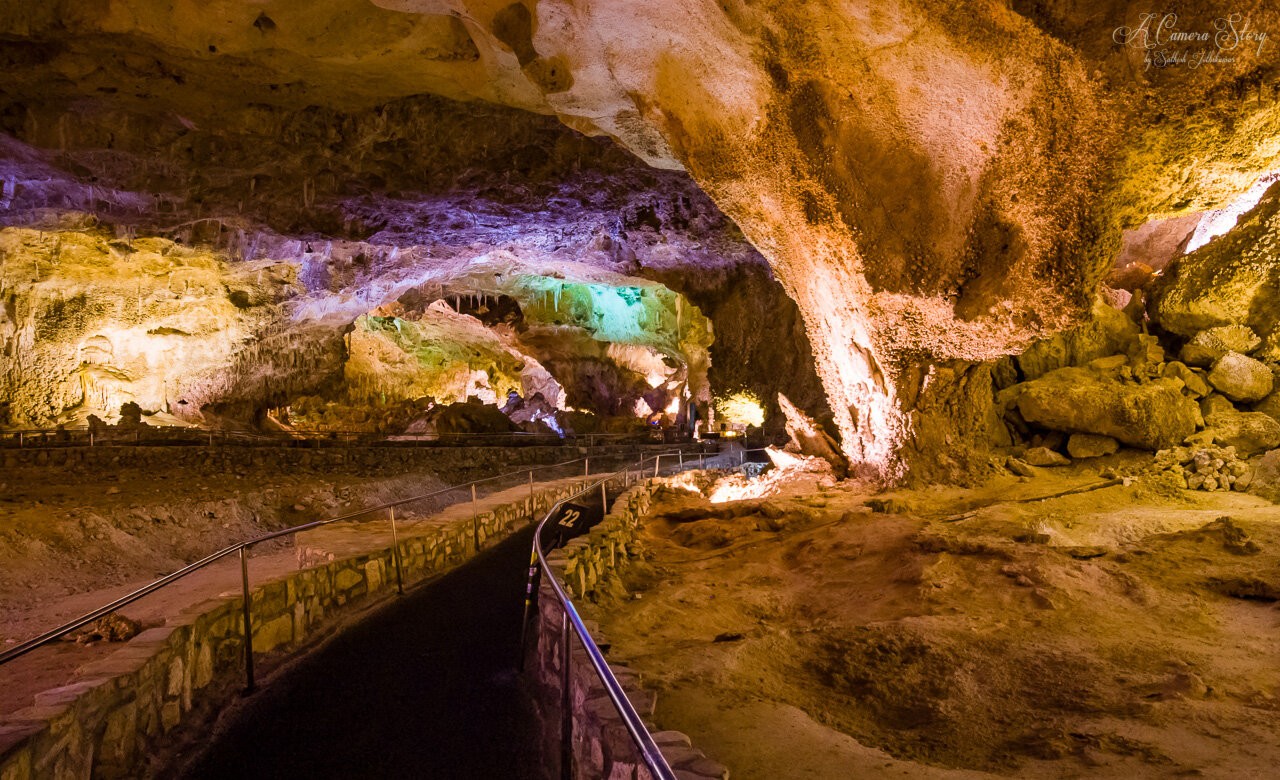
- How to Reach: To reach Carlsbad Caverns National Park, visitors can fly into nearby airports in Carlsbad, NM or El Paso, TX, and then drive to the park. The park is also accessible by car via major highways in the area.
- Best Time to Visit: The best time to visit Carlsbad Caverns National Park is from April to October, when the weather is mild and there are fewer crowds. The park can be busy during peak season, so visitors should plan ahead and book their tours and accommodations in advance.
Chaco Culture:
Chaco Culture National Historical Park is located in northwestern New Mexico, USA, and is a UNESCO World Heritage Site. This ancient Puebloan site is renowned for its remarkable architecture, astronomical observations, and sophisticated engineering techniques. The park contains numerous ruins, including Great Houses, ceremonial kivas, and plazas, dating back to the 9th and 12th centuries. The canyon's remoteness makes it an awe-inspiring destination for adventurers and history buffs alike.
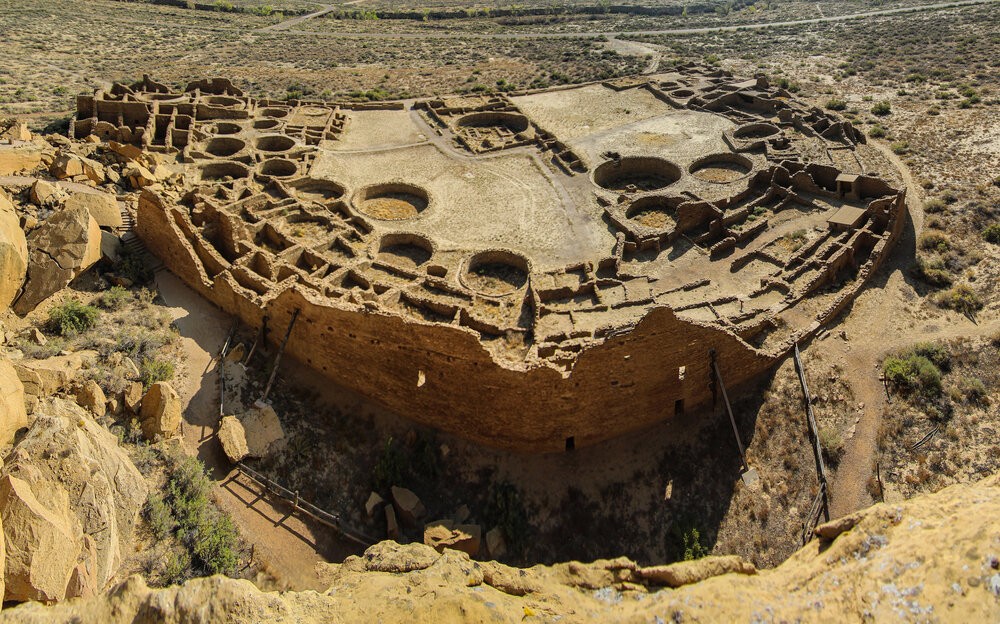
- How to Reach: Visitors can take guided tours, hike the canyon, and stargaze under some of the darkest skies in the country.
- Best Time to Visit: The best time to visit Chaco Culture National Historical Park is during the spring and fall when the weather is mild. The park is accessible by car via US Highway 550.
Everglades National Park:
Everglades National Park is a wetland wilderness located in southern Florida, USA. This unique ecosystem is home to numerous endangered species, including the American crocodile, manatee, and Florida panther. Visitors can explore the park's vast array of habitats, including sawgrass marshes, mangrove forests, and pine rocklands. There are numerous hiking trails, boardwalks, and canoeing opportunities available for visitors to immerse themselves in the park's natural wonders.

- How to Reach: Visitors can fly into Miami International Airport or Fort Lauderdale-Hollywood International Airport and rent a car to drive to the park. The park is located about an hour and a half from Miami and about two hours from Fort Lauderdale.
Visitors can also take a bus to the park's main entrance at Shark Valley. The Miami-Dade Transit Bus Service offers a daily bus service from downtown Miami to Shark Valley.
Another option is to take a guided tour or private shuttle from Miami or Fort Lauderdale, which can provide transportation to and from the park as well as guided tours of the park's highlights.
- Best Time to Visit: The best time to visit Everglades National Park is during the dry season from November to April when the weather is mild and the mosquitoes are fewer. The park is accessible by car via the Tamiami Trail or the Shark Valley entrance.
Grand Canyon National Park:
The Grand Canyon National Park is a breathtaking wonder that spans 18 miles in width and reaches a depth of a mile. Its unique and magnificent geological formations, shaped over 1.8 billion years, tell the story of the Earth's evolution. The canyon's carving by the Colorado River, which began 6 million years ago, is visible in its distinct layers of rock. In addition to the stunning vistas, visitors can explore the frozen lava flow, enjoy the sights and sounds of waterfalls, and experience the thrill of the white-water river.
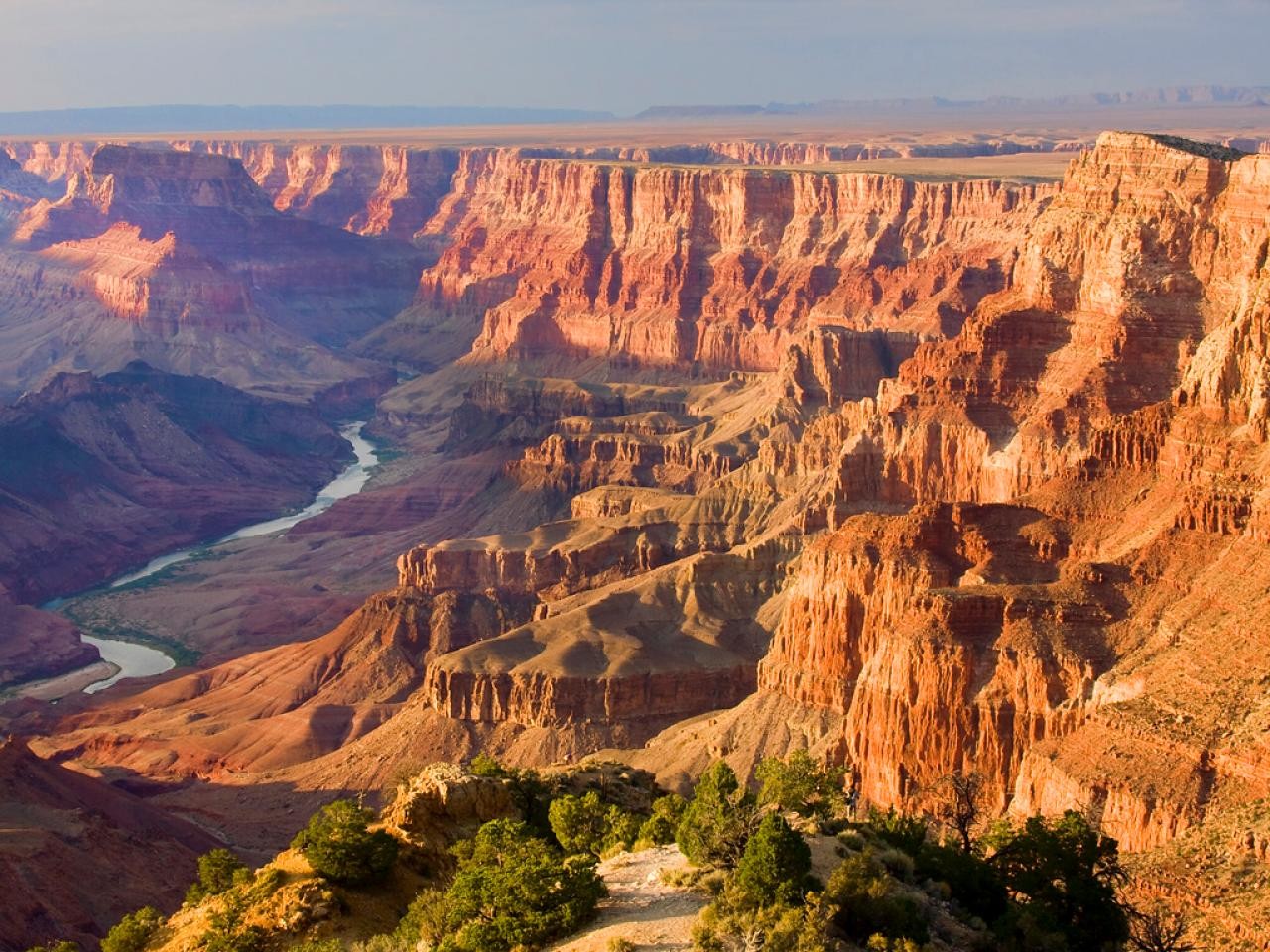
- How to Reach: The Grand Canyon National Park is located in northern Arizona, USA. The park can be accessed via multiple entrances, but the most popular are the South Rim entrance and the North Rim entrance. The South Rim entrance is open year-round and is accessible by car, while the North Rim entrance is closed during the winter months and requires a longer drive to reach.
- Best Time to Visit: The best time to visit the Grand Canyon National Park is during the spring and fall seasons when the weather is mild and the crowds are smaller. Summer can be extremely crowded and hot, while winter brings snow and cold temperatures.
Great Smoky Mountains National Park:
The Great Smoky Mountains National Park is a natural wonderland that encompasses over 500,000 acres of pristine forest, lush valleys, and majestic mountain peaks. Located in the Appalachian Mountains, this park is home to some of the oldest and most diverse ecosystems in the world, with over 100 species of trees and countless varieties of flora and fauna. The park's most famous feature is its misty mountain peaks, which give it its name. Visitors can enjoy a range of outdoor activities, including hiking, camping, fishing, and horseback riding.

- How to Reach: Great Smoky Mountains National Park is located in the southern Appalachian Mountains, with entrances in Tennessee and North Carolina. The main access points are Gatlinburg, TN and Cherokee, NC. The nearest airports are in Knoxville, TN and Asheville, NC.
- Best Time to Visit: The best time to visit is during the spring and fall when the weather is mild and the foliage is colorful. Summer can be crowded and hot, while winter brings snow and ice. Hiking, wildlife viewing, and scenic drives are popular activities in the park. Entry is free, but some activities may require fees or reservations.
Hawaii Volcanoes National Park:
Hawaii Volcanoes National Park is a natural wonder that showcases the power and beauty of volcanic activity. The park is home to two of the world's most active volcanoes, Kilauea and Mauna Loa, which have shaped the landscape over thousands of years. Visitors to the park can witness the awe-inspiring spectacle of molten lava flowing into the ocean, or explore the park's unique geology and diverse ecosystems through hiking, camping, and scenic drives.
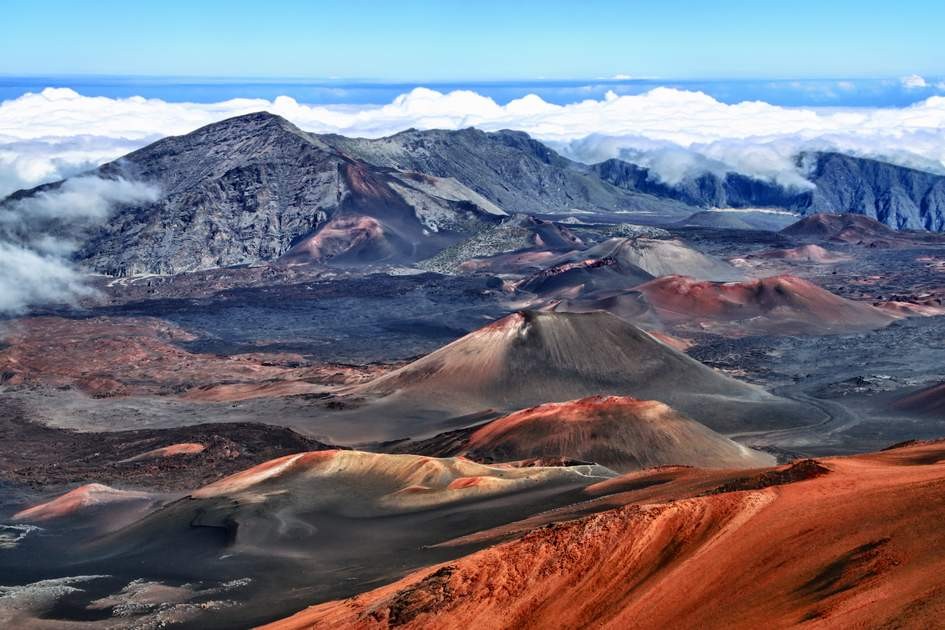
- How to Reach: Hawaii Volcanoes National Park is located on the Big Island of Hawaii, about 30 miles southwest of Hilo. Visitors can fly into Hilo International Airport or Kona International Airport and rent a car to drive to the park. The park is open 24 hours a day, 365 days a year, but some areas may be closed due to volcanic activity.
- Best Time to Visit: The best time to visit is from April to May or September to November when the weather is mild and crowds are thinner. During peak season, from mid-December to mid-April, the park can be crowded and accommodations may be limited. Visitors can explore the park's diverse landscapes, including active volcanoes, lava fields, rainforests, and beaches. The park also offers hiking trails, ranger-led tours, and cultural programs.
Independence Hall:
Independence Hall is a historic landmark in Philadelphia, Pennsylvania that played a pivotal role in the founding of the United States. It was here that both the Declaration of Independence and the U.S. Constitution were debated, adopted, and signed by the country's founding fathers. This iconic building has become a symbol of American democracy, freedom, and liberty. Visitors to Independence Hall can take guided tours to learn about the building's rich history and its significance to the American people.

- How to Reach: The best way to get to Independence Hall is by car or public transportation. If traveling by car, there are parking garages nearby. Public transportation options include buses, trains, and trolleys.
- Best Time to Visit: The best time to visit Independence Hall is during the shoulder seasons of spring and fall, as the weather is mild and the crowds are smaller. However, it's important to note that tickets to tour Independence Hall are required and often sell out quickly, so it's recommended to book in advance.
Kluane/Wrangell-St. Elias/Glacier Bay/Tatshenshini-Alsek:
Kluane/Wrangell-St. Elias/Glacier Bay/Tatshenshini-Alsek is a unique and stunning natural wonder that spans the border between Canada and the United States. This shared site is recognized for having the largest nonpolar ice field and some of the longest glaciers in the world. The landscape of this park is a study in maximalism, featuring a variety of ecosystems including marine, coastal forest, montane, subalpine, and Alpine tundra environments. The park is home to a wide variety of wildlife, including bears, wolves, caribou, salmon, Dall sheep, and mountain goats, making it a must-visit destination for nature lovers and wildlife enthusiasts.

- How to Reach: Kluane/Wrangell-St. Elias/Glacier Bay/Tatshenshini-Alsek is a vast protected wilderness area spanning across Canada and the United States. The best way to visit is by car, although some areas can only be accessed by hiking or flying in.
- Best Time to Visit: The best time to visit is during the summer months of June to August, when the weather is mild and the days are long. Visitors can enjoy a range of activities such as hiking, wildlife viewing, fishing, and kayaking. It's important to come prepared with proper gear and supplies as the area is remote and rugged.
La Fortaleza and San Juan National Historic Site in Puerto Rico:
La Fortaleza and San Juan National Historic Site in Puerto Rico are two of the island's most important cultural and historical landmarks. La Fortaleza, also known as the Governor's Palace, is a UNESCO World Heritage Site that dates back to the 16th century. It is one of the oldest continuously occupied government buildings in the Americas and has served as the official residence of Puerto Rico's governors for over 500 years.
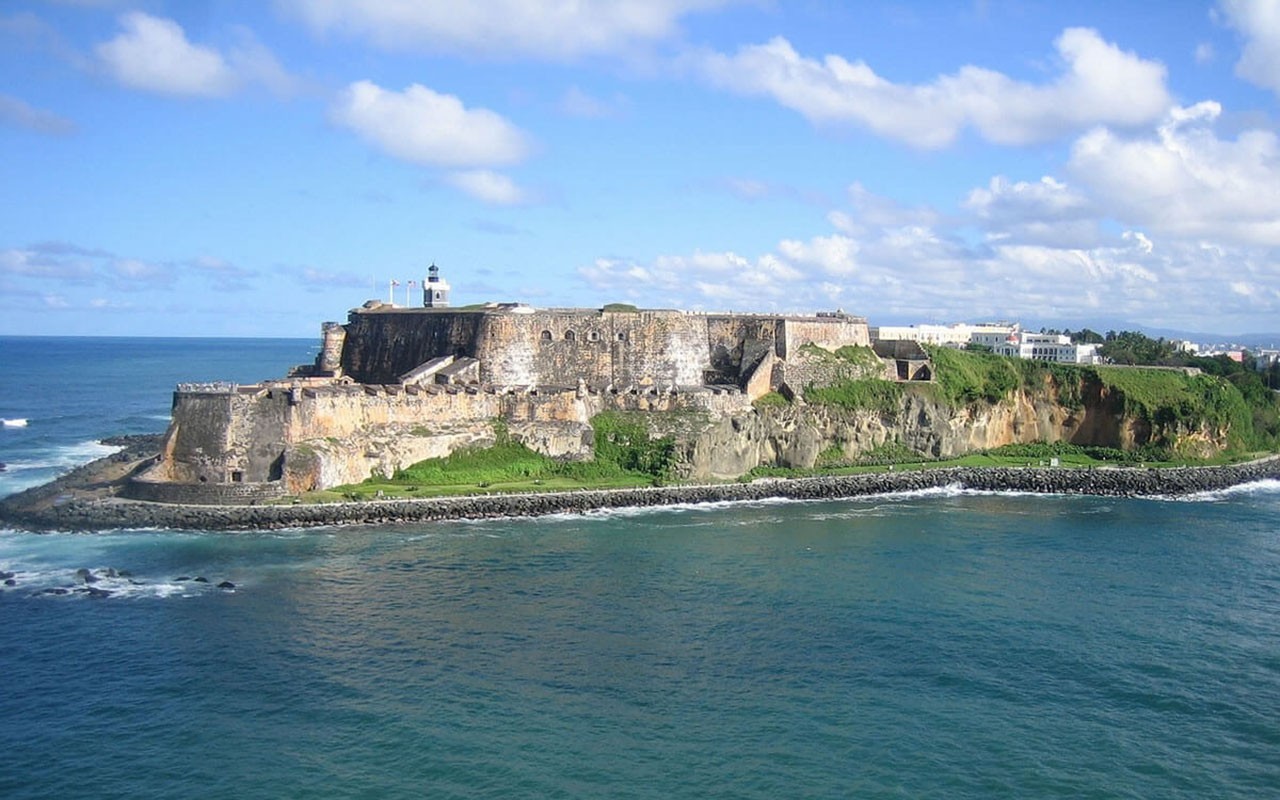
The San Juan National Historic Site is another UNESCO World Heritage Site that consists of a collection of 16th- and 17th-century Spanish colonial fortifications, including the iconic El Morro Castle and San Cristobal Fort. These fortifications were built to protect the island from attacks by foreign powers and played a significant role in the history of Puerto Rico and the Americas.
- How to Reach: To reach La Fortaleza and San Juan National Historic Site in Puerto Rico, you can fly into Luis Muñoz Marín International Airport in San Juan, and take a taxi or rental car to the site. The site is located in Old San Juan and is easily accessible by walking, but if you prefer, there are trolleys and buses available.
- Best Time to Visit: The best time to visit is between December and April when the weather is cool and dry. This is also the peak tourist season, so expect more crowds during this time. It is recommended to visit during the weekday to avoid weekend crowds. Admission fees to the site vary depending on the activities, but a general admission ticket costs $7 for adults.
Mammoth Cave National Park:
Mammoth Cave National Park is a natural wonder located in Kentucky, USA. The park boasts the world's most extensive cave network, with more than 400 miles of mapped channels, and almost every type of cave formation, including stalagmites, stalactites, gypsum needles, and mirabilite flowers. The cave system was formed over 100 million years ago and is a mesmerizing wonder of nature. In addition to the caves, the 52,830-acre park is home to a natural obstacle course of sinkholes, cracks, fissures, and underground rivers and springs, making it an adventurer's paradise.
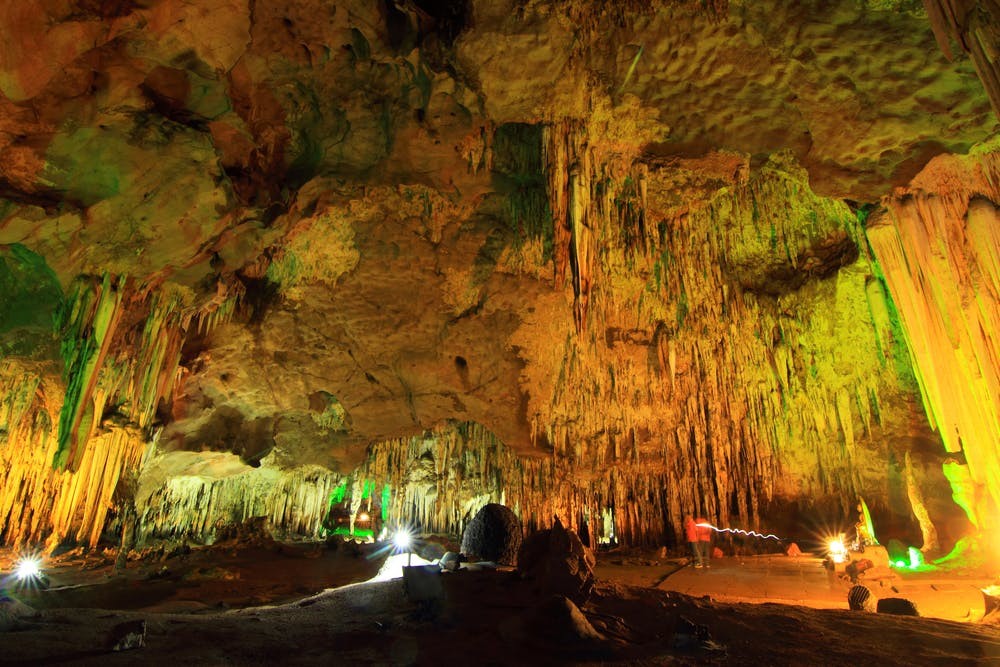
- How to Reach: To reach Mammoth Cave National Park, you can fly into Nashville International Airport in Tennessee and take a rental car or shuttle to the park, located approximately 90 miles south. Alternatively, you can drive directly to the park from surrounding states via major highways.
- Best Time to Visit: The best time to visit is between late spring and early fall when temperatures are mild and the park offers a range of outdoor activities. Guided cave tours are offered year-round, but some tours have limited availability during the winter months. Admission fees vary depending on the activities, but a general admission ticket for a cave tour starts at $14 for adults.
Mesa Verde National Park:
Mesa Verde National Park in Colorado is a stunning testament to the ancient Puebloan people who once inhabited the region. The park is home to over 5,000 archaeological sites, including the cliff dwellings that are the park's main attraction. These dwellings were built into the cliffs of the mesa between 600 and 1300 AD and are a fascinating glimpse into the lives of the Puebloan people. The park also boasts a diverse range of natural beauty, with stunning views of the mesa and surrounding canyons.
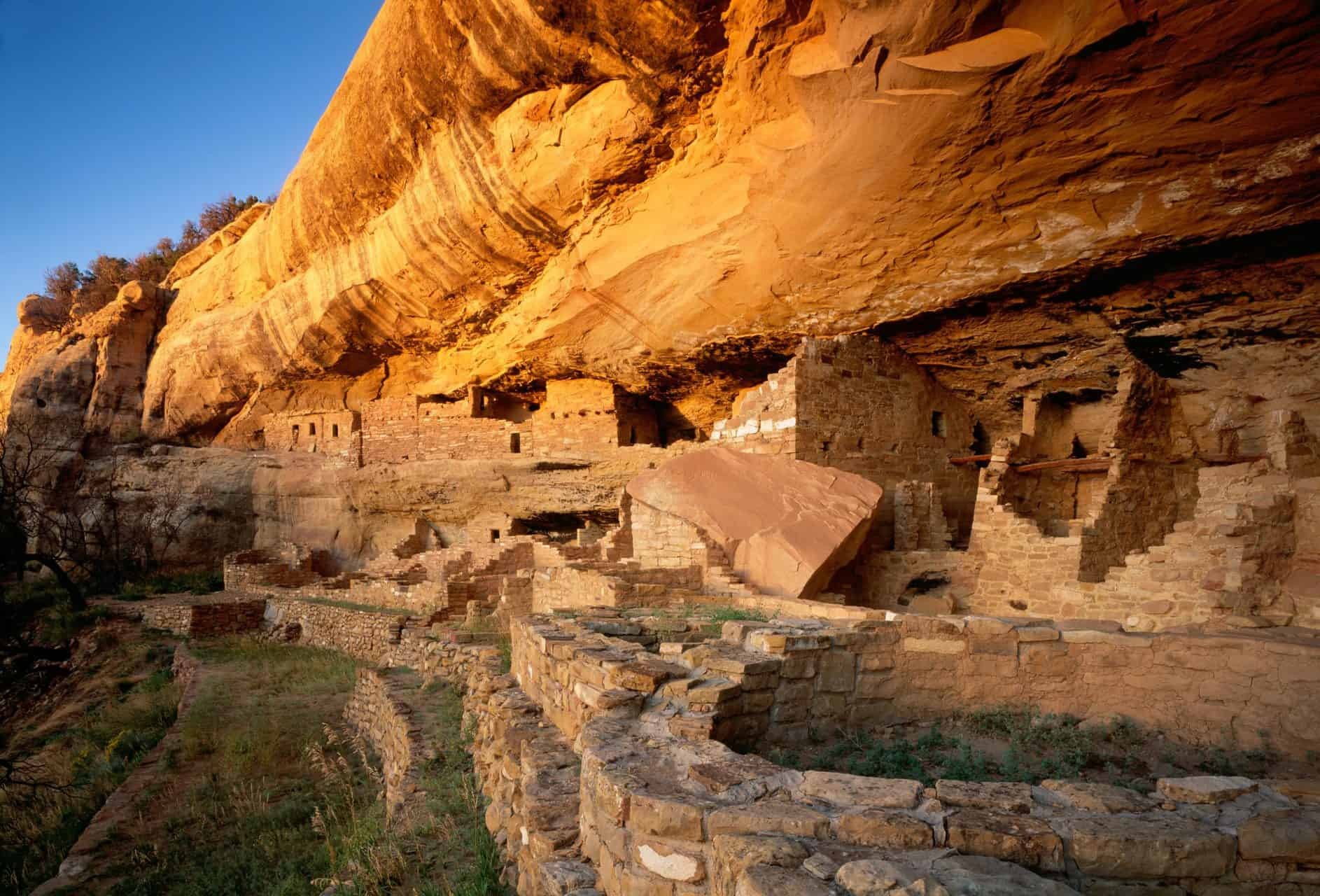
- How to Reach: Mesa Verde National Park is located in southwest Colorado, USA. The park is accessible by car and the nearest major airport is Durango-La Plata County Airport, located about 35 miles from the park. The best way to get to the park is to drive. The park is located off of US Highway 160, which connects to other major highways in the area. Visitors can enter the park through the park's entrance station, which is located off of the highway.
- Best Time to Visit: The best time to visit Mesa Verde National Park is during the summer months, from June to August, when the weather is warm and the park is fully operational. However, visitors should be aware that the park can be crowded during this time, so it's best to arrive early in the day to avoid long lines and wait times.
Monumental Earthworks of Poverty Point:
The Monumental Earthworks of Poverty Point is one of the most beautiful UNESCO World Heritage Sites in the USA. Located in northeastern Louisiana, this ancient complex of earthworks dates back to 1700-1100 BCE and is a testament to the ingenuity and skill of the prehistoric people who once inhabited the region. The site features several large mounds and a complex system of concentric ridges and trenches, all of which were used for various purposes by the prehistoric people who built them.

The site is also home to a museum that offers visitors a fascinating glimpse into the history and culture of the people who once lived at Poverty Point.
- How to Reach: To reach the Monumental Earthworks of Poverty Point, you can fly into Monroe Regional Airport in Louisiana and take a rental car or shuttle to the site, located approximately 60 miles northeast. Alternatively, you can drive directly to the site from surrounding states via major highways.
- Best Time to Visit: The best time to visit is between September and May when the weather is cooler and there are fewer crowds. The site is open year-round, but guided tours are only offered from November to April. Admission fees vary depending on the activities, but a general admission ticket for a self-guided tour starts at $4 for adults.
Olympic National Park:
Olympic National Park is a really cool place that's part of the UNESCO World Heritage Sites in the USA. It's in Washington state and covers over 1,400 square miles. The park has tons of amazing things to see, like big mountains covered in snow and old rainforests that are full of cool plants and animals.

You can go hiking and see animals like elk and bears, or explore the rocky coast with its sea stacks and secret coves. The Hoh Rainforest is also really cool with its huge trees and quiet paths. If you like being outside and seeing amazing natural things, Olympic National Park is definitely worth a visit!
- How to Reach: Olympic National Park can be reached from the east via Olympia, Washington, located 60 to 190 miles from the park's entrances.
- Best Time to Visit: The best time to visit is in April and May, when gray whales can be spotted cruising by on their way to Alaska. The whales are a spectacular sight to see as they migrate north, and visitors can catch a glimpse of them from various viewpoints along the park's coastline.
Papahanaumokuakea:
Papahanaumokuakea Marine National Monument is a really amazing place that's part of the UNESCO World Heritage Sites in the USA. It's in the Pacific Ocean and is huge - over half a million square miles! The place is special because it's full of really cool things like underwater volcanoes, beautiful coral reefs, and lots of special animals and plants that only live in Hawaii.

On two of the islands, there are special old places like shrines and carvings that are important parts of Hawaii's history. And, on top of all that, the monument is also a safe place for lots and lots of birds to come and have babies. It's definitely a place worth checking out if you love nature and want to see something truly amazing!
- How to Reach: Papahanaumokuakea is a protected marine area located in the northwestern Hawaiian Islands and can only be accessed with a permit for conservation, management, education, research, and cultural pursuits. This helps to preserve the unique ecosystem and protect the many endangered species that call it home.
- Best Time to Visit: The best time to visit is 24/7 if you happen to be a spotted knifejaw or spinner dolphin. These and many other rare and fascinating marine creatures live in the waters around Papahanaumokuakea, and visitors with the appropriate permits can experience the incredible beauty of the area firsthand. While most people will not be able to visit this protected area, they can learn about it and appreciate its importance from afar.
Redwood National and State Parks:
Redwood National and State Parks is a group of protected areas that spans over 130,000 acres on the northern coast of California, and is part of the UNESCO World Heritage Sites in the USA. It's famous for its stunningly tall and ancient redwood trees, some of which are more than 2,000 years old and can grow up to 375 feet tall! The park has a diverse ecosystem that includes prairies, rivers, and coastline, with a wide range of animals like elk, black bears, and sea lions.

- How to Reach: Redwood National and State Parks can be reached via two visitor centers: the Thomas H. Kuchel Visitor Center on the southern boundary, which is 312 miles from San Francisco and 40 miles from Eureka, California, and the Crescent City Information Center, which is 112 miles south of Medford, Oregon.
- Best Time to Visit: The best time to visit is during the summer months when the weather is warm and dry, and the park's trails and attractions are fully open.
San Antonio Missions:
The San Antonio Missions are a group of five historic mission complexes and a ranch settlement located along the San Antonio River in southern Texas. In the 1700s, the indigenous people of South Texas were under threat from Apache attacks, diseases, and drought, and sought refuge in the foreign missions. The missions, organized by Franciscan missionaries, demonstrate the Spanish Crown's efforts to colonize and protect the northern frontier of New Spain.

The San Antonio Missions also showcase the blending of Spanish and local cultures through the churches' decorative details, which combine Catholic symbols with indigenous patterns and nature-inspired motifs. These missions are important landmarks of Texas and are easily accessible via biking trails connecting the four missions, making a visit a must when in San Antonio.
- How to Reach: The San Antonio Missions are located in San Antonio, Texas, with the Alamo in the city center and the other four missions spaced about 2 1/2 miles apart along Mission Road. Visitors can easily access the sites by car, bike, or foot on the Mission Hike and Bike Trail. They can also partially access the sites by kayak on the San Antonio River.
- Best Time to Visit: The best time to visit is in the Texas spring, from January to March, when the temperatures are pleasant, and the bluebonnets are in bloom, covering the surrounding fields in a vibrant carpet of blue.
Statue of Liberty:
The Statue of Liberty is a magnificent world heritage site in the United States that symbolizes freedom and democracy. Gifted by the French people in 1886, it was crafted by the talented French sculptor Bartholdi and supported by Gustave Eiffel, the famous engineer behind the Eiffel Tower in Paris. The statue's design was considered revolutionary and innovative at the time and was celebrated as a perfect blend of art and engineering.
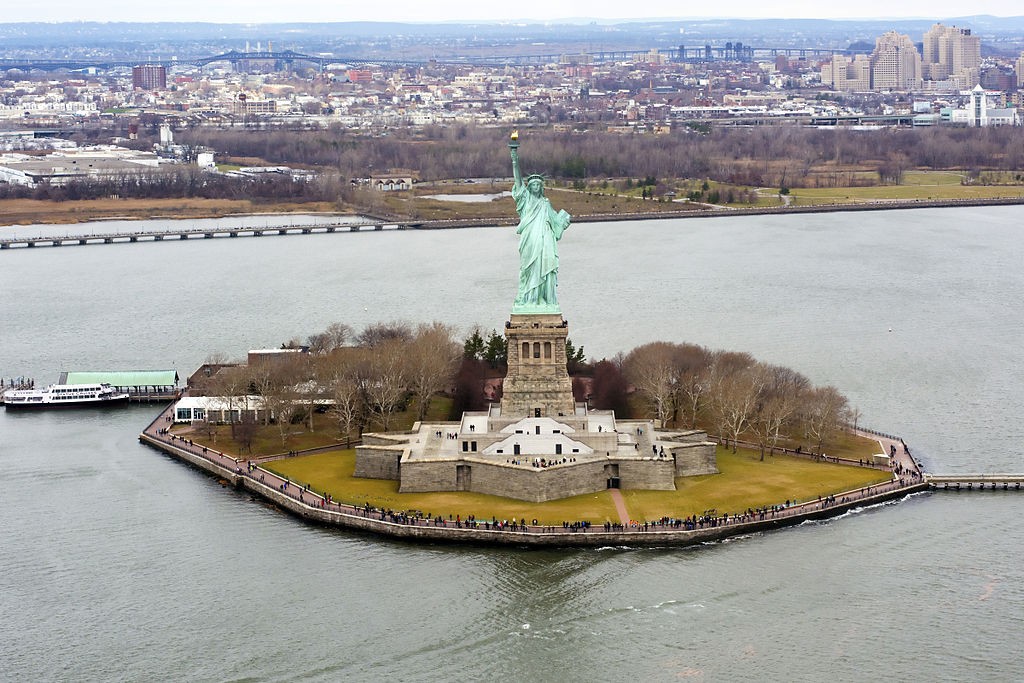
Since its installation on a pedestal designed by American architect Richard Morris Hunt, the Statue of Liberty has welcomed millions of immigrants to the United States. They came through the nearby Ellis Island, the gateway to America, until it was closed in 1952. Today, the statue remains a powerful symbol of liberty, equality, and democracy.
To get an up-close look at this iconic landmark, take a boat from Manhattan to Liberty Island. Visitors can explore the museum and learn about the statue's history and design. If you want to ascend to the Crown, make sure to book limited tickets in advance. The Statue of Liberty is one of the most beautiful UNESCO World Heritage Sites in the USA and continues to be a must-visit attraction for tourists from all over the world.
- How to Reach: The Statue of Liberty is located on Liberty Island in New York Harbor and can be reached by ferry from either Battery Park in Lower Manhattan or Liberty State Park in Jersey City.
- Best Time to Visit: The best time to visit is the first boat out on weekdays, as it tends to be less crowded than later in the day or on weekends. This allows visitors to fully appreciate the statue's beauty and significance without feeling overwhelmed by large crowds.
Taos Pueblo:
Taos Pueblo is a unique UNESCO World Heritage Site located in northern New Mexico, USA. This adobe village consists of dwellings and ceremonial buildings and represents the culture of the Pueblo Indians of Arizona and New Mexico. What's even more remarkable is that this is a living World Heritage Site, with a culture and community that is still thriving today.
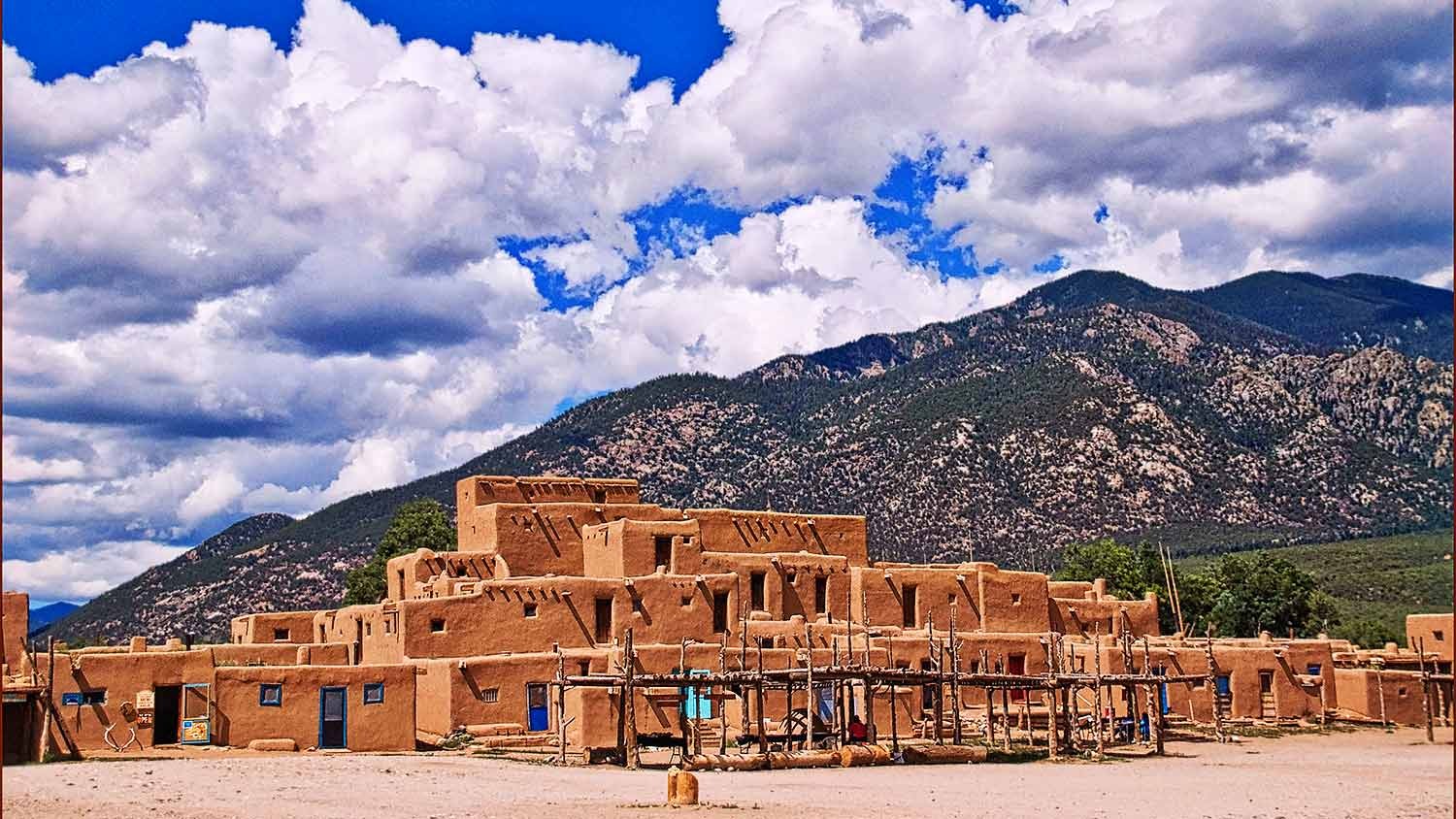
Taos Pueblo contains ceremonial buildings, amenities, and multi-story adobe dwellings built in terraced tiers. It embodies the living history of a society of present-day Pueblo Indian people. The community has been inhabited continuously since its settlement in the early 14th century and is the largest of the Pueblos that still exist.
- How to Reach: Taos Pueblo is located in Taos, New Mexico, about 70 miles north of Santa Fe and less than three miles from downtown Taos. Visitors can reach the pueblo by car or public transportation.
- Best Time to Visit: The best time to visit is during Feast Days, which are celebrated throughout the year, when tribal members honor Catholic patron saints and Pueblo tradition with music, dance, and food.
It's important to note that, the pueblo closes for special religious events and for 10 weeks from late winter to early spring for maintenance and restoration work.
Waterton-Glacier International Peace Park:
Glacier National Park in Montana and Waterton Lakes National Park in Alberta, Canada together form the world’s first International Peace Park. This UNESCO World Heritage Site is situated on the boundary of the two countries, providing outstanding views of mountainous scenery and prairies, forests, and glaciers. Due to its unique geography, the park is home to plant and mammal species that have evolved nowhere else in the world. Springtime in the park is particularly spectacular due to the abundance of wildflowers.
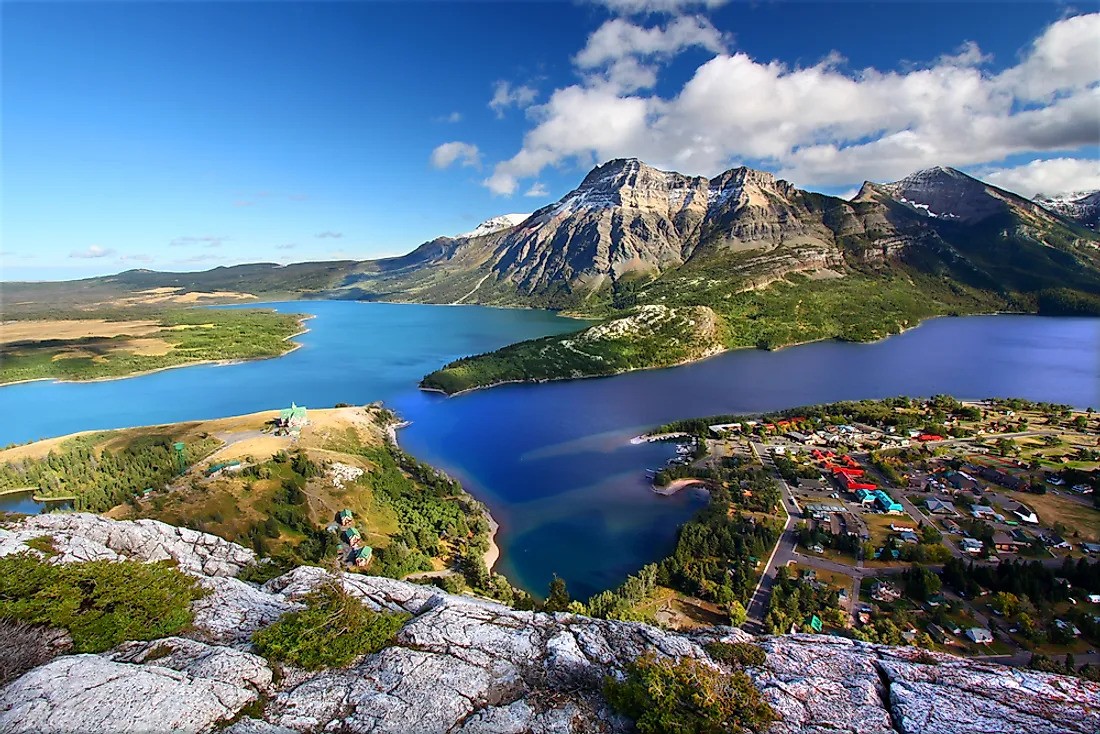
While the two parks have separate entrance fees, they are managed as one unit, unlike other trans-national world heritage sites. The wildlife here, including grizzly bears, moose, wolves, and mountain lions, do not recognize national boundaries.
Glacier National Park offers visitors an array of activities to enjoy, from crystal clear lake swimming to high alpine meadow walks. A must-do activity is the 27-kilometer round-trip hike that crosses the Canadian border and back to U.S. soil, all without any passport control. With its stunning scenery and unique wildlife, this is an adventure that should not be missed.
- How to Reach: Waterton-Glacier International Peace Park is located on the border between Montana in the United States and Alberta in Canada. Visitors can access the park from several entrances, including West Glacier at the West Entrance, and Browning adjacent to the three entrances east of the Continental Divide: St. Mary, Two Medicine, and Many Glacier. The nearest towns are Kalispell, which is 33 miles from West Glacier, and Missoula, which is 125 miles to the south. Amtrak serves East and West Glacier, depending on the season, and several shuttle companies transport visitors from nearby towns to the park.
- Best Time to Visit: The best time to visit is during July and August when all of the park's lodging and food establishments are open, as well as the roads, including the Alpine section of Going-to-the-Sun Road. This allows visitors to fully enjoy the stunning mountain scenery and explore the many hiking trails throughout the park.
Yosemite National Park:
Yosemite National Park is a natural wonderland located in California, USA, that has been recognized by UNESCO as a World Heritage Site. The park boasts an incredible array of geological features that have been shaped by millions of years of glacial erosion, including granite cliffs, waterfalls, streams, sequoia forests, mountains, meadows, and glaciers. Yosemite's most recognizable landmarks are Half Dome and the Yosemite Valley, which showcase the unique geological processes that have occurred here.

Although the park is a popular destination, it is also facing challenges due to overcrowding. It is best to plan your visit outside of peak hours and book accommodations in advance if you wish to stay overnight. The park offers various lodging options, including bed and breakfasts, hotels, cabins, and campgrounds.
- How to Reach: Yosemite National Park is located in central California, about four to five hours away from San Francisco by car. The Yosemite Valley Visitor Center is located less than 45 miles from Mariposa, California. Visitors can also take advantage of Amtrak's rail-and-bus service to Yosemite Valley.
- Best Time to Visit: The best time to visit Yosemite is in April and May when the snow melts and the waterfalls come to life.
20th-century architecture of Frank Lloyd Wright:
Frank Lloyd Wright, the visionary architect and designer, left an indelible mark on the architectural landscape of the United States with his pioneering ideas that challenged the conventions of his time. He was a master of integrating the indoors and outdoors, using materials such as steel and concrete in innovative ways, and creating open-plan spaces that flowed seamlessly into each other.
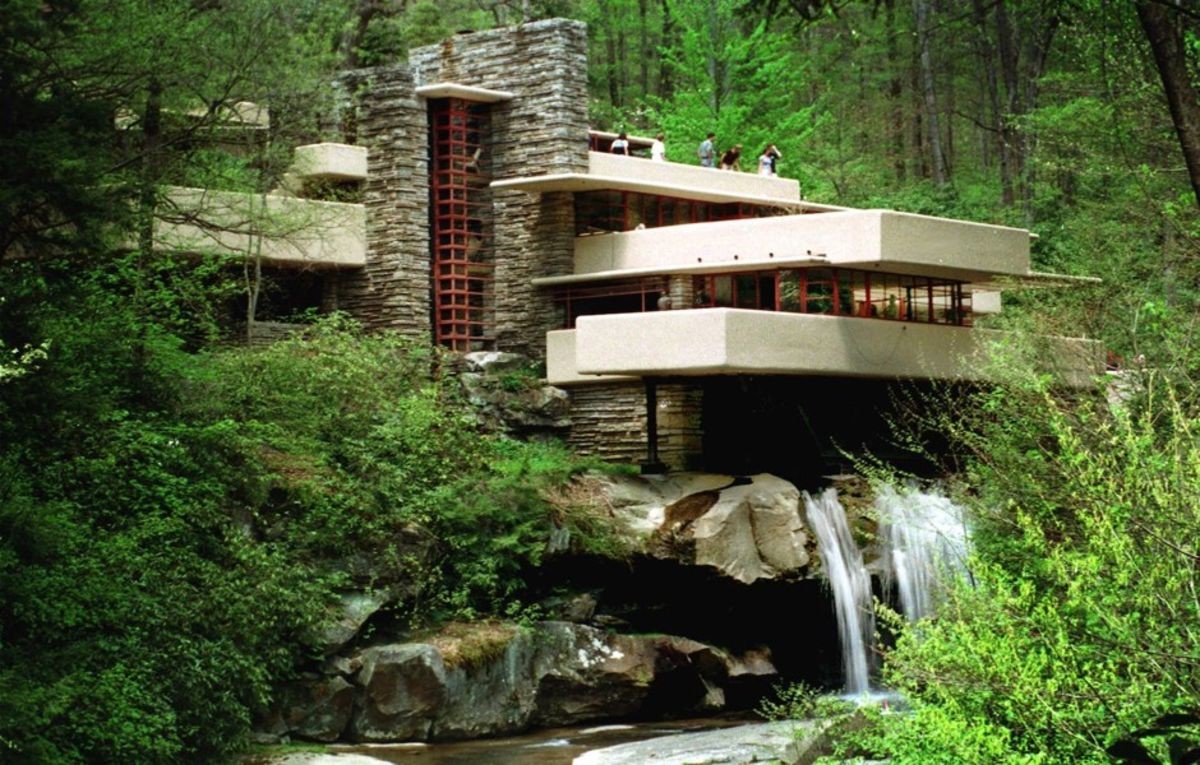
- How to reach it: His legacy lives on in the eight structures that represent a highlights reel of his portfolio, scattered across the country. Each building showcases Wright's mastery in different sectors of life, from the Guggenheim Museum in New York City, a stunning work of art, to the Unity Temple in Oak Park, Illinois, a masterpiece of religious architecture.
- Best Time to Visit: There is no wrong time to visit these architectural gems, but the best time may be during inclement weather when you can appreciate the buildings' interiors without the distractions of the outside world. This way, you can fully immerse yourself in Wright's vision and experience the beauty and functionality of his designs.
UNESCO World Heritage sites in the United States are of great cultural and historical significance. They are places of outstanding value to humanity and represent the diversity of the nation's natural and cultural heritage. The sites include landmarks such as the Statue of Liberty, the Grand Canyon, and the Independence Hall.
Preserving these sites is crucial for future generations to learn about their country's history, and for the world to appreciate the unique beauty of the United States. The sites attract millions of tourists every year, boosting local economies and providing employment opportunities.
However, maintaining these sites requires ongoing efforts and resources to ensure their preservation. Climate change, environmental degradation, and human activities pose significant threats to these sites, and concerted efforts are needed to protect and conserve them.



![Sreemangal Top 12 Best Resorts: Travellers Choice [2024]](https://bookingmentor.com/storage/app/uploads/0000/1/2024/01/07/the-palace-luxury-resort.jpeg/f83cc777563b1c327567c57f45047074)









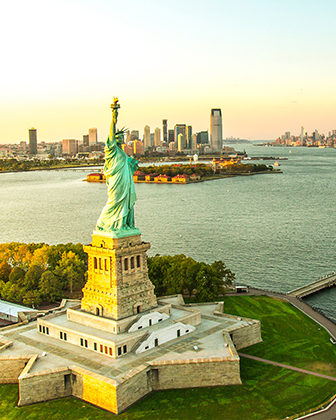


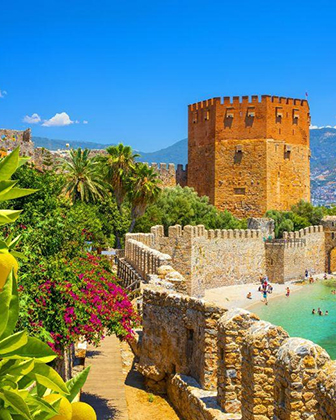

{{item.get_author.first_name}} {{item.get_author.last_name}}
Level 7
5 Photos
36 Reviews
{{item.comment_txt}}
{{item_reply.get_author.first_name}} {{item_reply.get_author.last_name}}
@ {{item_reply.reply_to}}, {{item_reply.reply_txt}}